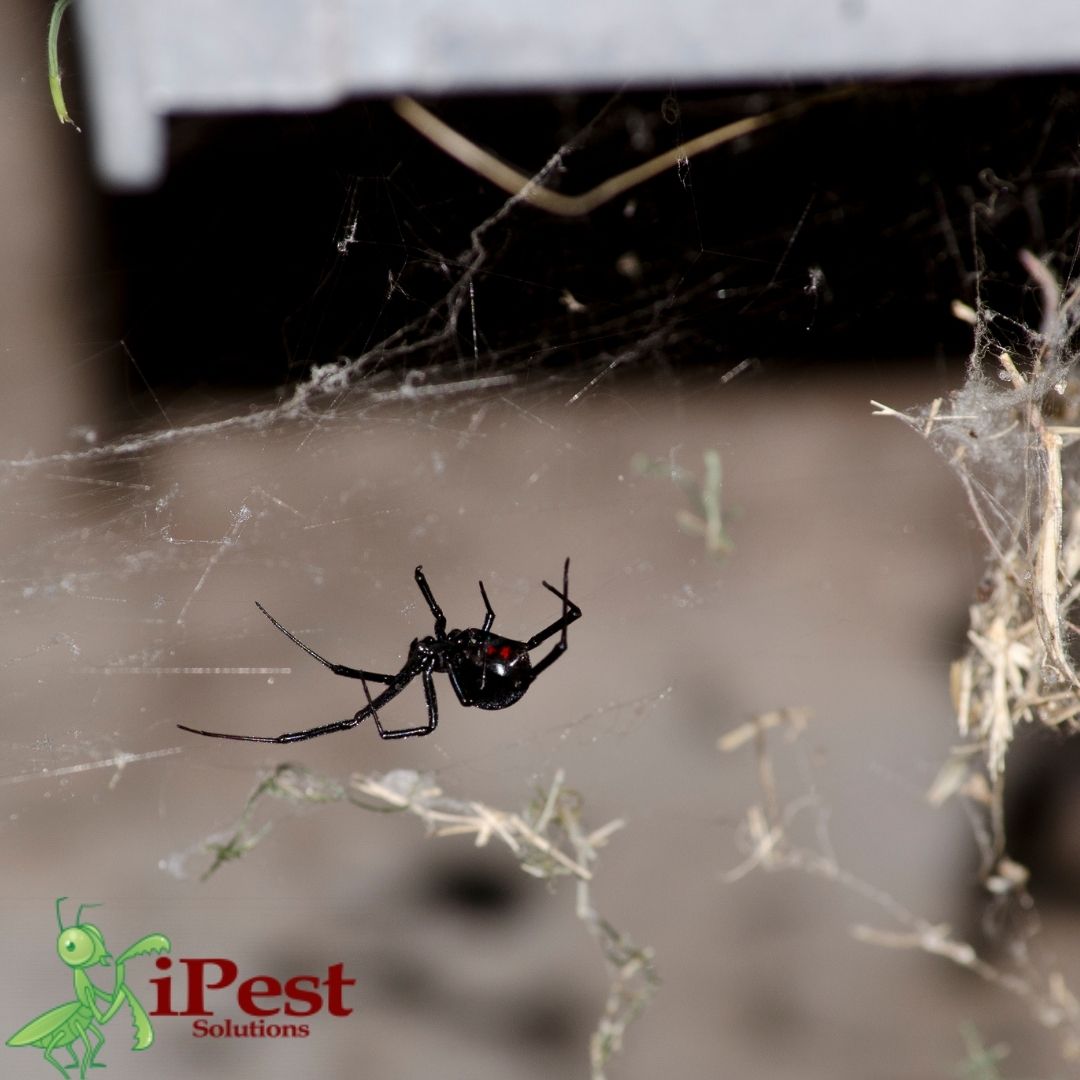Insects sometimes astonish us with the structures that they are able to build. Termite mounds, ant colonies, bees’ nests, and spider webs. Spider webs are very complex constructions in their own right, especially when you consider that they are built by insects with extremely small brains. Yet, they are strong, and they are built according to patterns that make it easy for spiders to catch their prey.
There are 48,000 known species of spiders around the world, and all of them have silk producing organs called spinnerets. However, not all of them spin webs. Some spiders, like the wolf spiders, hunt their prey actively, but they still use their silk for a variety of purposes, including travel, wind sailing balloons, egg sacks, and nests. Other spiders are even more ingineous. They will build throwing nets, nets that can hold oxygen and allow the spiders to breathe underwater, leaf pockets that can catch frogs, silk pulleys that can lift up small mammals and lizards, and web slingshots.
But going back to regular old webs, there is still more variation here. You have webs that are formed in a wheel-like structure where you have a spiral with spokes radiating from the center. This type of web is known as an orb web and it is constructed by about 10% of known spider species. These webs are perfect for catching flying insects, and while they all might look the same, no two webs are identical.
All orb webs follow a similar construction pattern. The spider will lay down a few threads that center on a point, creating a Y shape. The spider will then start building a frame around this shape, adding more threads to the middle. Once there is a general strong shape, the spider will move to the middle of the web and start building out the auxiliary spiral, which is a placeholder structure that is made out of non-sticky silk. Now the spider is at the edges of the web, and the temporary silk is in place. From here, it will start moving back towards the center, adding the sticky spiral. Finally, the spider will remove the non-sticky silk from the auxiliary spiral.
Most spider species however will not build webs in this way, and their webs will have a chaotic appearance and structure. These webs are even more different from each other than the orb webs. So, to answer the question in our title, all spiderwebs are unique. Furthermore, we all want them out of our homes. Contact us today if you have a spider infestation that you would like to get rid of.







